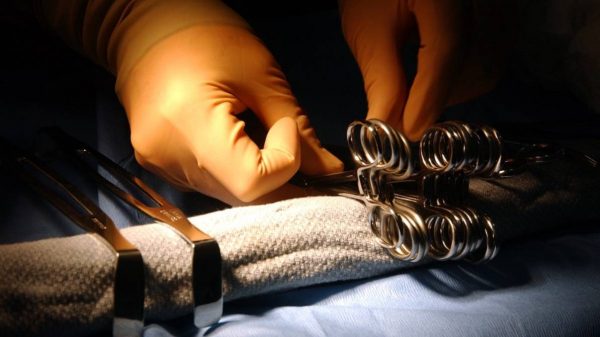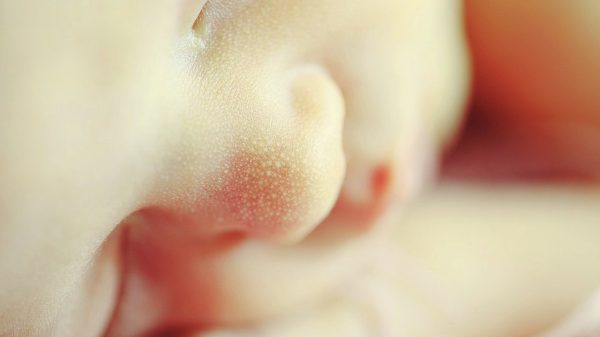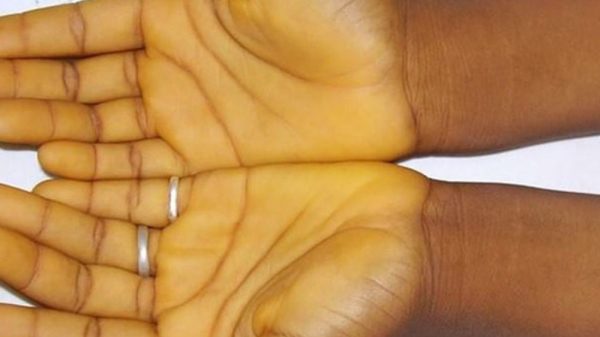Liver cirrhosis, also known as hepatic cirrhosis is a chronic disease that is typically characterized by fibrotic regeneration and diffuse destruction of the hepatic cells. As the liver tissues succumb to fibrosis the normal vasculature and structure of the liver are altered. Lymph and blood flow is impaired and the ultimate end result is hepatic insufficiency. Basic knowledge of cirrhosis nursing diagnosis and care plans is important for effective management of the disease. The causes of cirrhosis may be viral or bacterial inflammation, malnutrition, and poisons such as alcohol, acetaminophen, and carbon tetrachloride.
Liver cirrhosis is ranked fourth on the leading death cause in the U.S among individuals between the ages of thirty-five to fifty-five. It poses a threat to health in the long run. This disease progresses in stages and each stage needs to be properly managed and monitored to slow down the disease progression. Nurses are usually the ones with the role of caring for patients and they need to be well informed on the patient’s condition and how to help. This article provides such information for liver cirrhosis patients.
Types of Liver Cirrhosis
The different type of liver cirrhosis includes;
- Laennec’s cirrhosis: This is the most encountered type which occurs in thirty to fifty percent of liver cirrhosis patients. Ninety percent of these have an alcohol history. The liver can get damaged through chronic ingestion of alcohol and from malnutrition, particularly of dietary proteins. In a damaged liver, fibrous tissue will be formed around the central veins and portal areas.
- Biliary cirrhosis: This cirrhosis occurs is diagnosed in fifteen to twenty percent of patients. It is caused by prolonged obstruction or injury.
- Postnecrotic cirrhosis: It comes from different kinds of hepatitis
- Pigment cirrhosis: This cirrhosis type stems from certain disorders like hemochromatosis
- Idiopathic cirrhosis: There is no known cause for this yet
- Noncirrhotic fibrosis: This may develop from congenital hepatic fibrosis or schistosomiasis. It may even be idiopathic
Cirrhosis Nursing Diagnosis And Care Plan
The nursing care plan for liver cirrhosis patients includes skincare, providing nutrition. Promoting rest, reducing injury risk, managing, and monitoring complications.
The following are eight nursing diagnosis and care plans for these special patients;
1. Imbalanced nutrition
This is when the nutrients intake is less than required hence the body’s metabolic needs are not met. It could be related to insufficient diet, abnormal function of the bowel, inability to digest or process nutrients, nausea, anorexia, indigestion, vomiting, and early satiety.
The possible evidence of this includes weight loss, muscle wasting or poor tone, altered bowel function and sound, and imbalanced nutritional studies.
The desired outcome of the nurse care is to demonstrate a progressive bodyweight gain with a normalization of the patient’s laboratory values. Malnutrition signs should no longer be experienced.
2. The excess volume of fluid
This describes an increase in the isotonic retention of fluid. You can relate this to a compromised mechanism of regulation (e.g reduced plasma proteins, the problem with antidiuretic hormone and malnutrition), excess fluid/sodium intake.
This diagnosis is evidenced in anasarca, weight gain, edema, blood pressure changes, altered electrolyte and CVP levels, greater input than the output of oliguria, and a specific gravity of urine changes. There may also be JVD, dyspnea, pleural effusion, breath sounds, and mental statues alterations.
The desired outcome of nurse care is to stabilize fluid volume and getting the patient’s weight to be stable with normal vital signs reading and edema absence.
3. Risk of skin integrity getting impaired
This deals with the risk of an altered dermis or epidermis. The risk factors of this may include bile salts accumulation in the skin, altered metabolic or circulation state, skeletal prominence, ascites, edema, and poor turgor of the skin.
The nurse care desired outcome is to maintain the integrity of the skin, identify each patient’s risk factors, demonstrate techniques and behaviors to prevent the skin from breaking down.
4. The ineffective pattern of breathing
This is when inspiration or expiration is insufficient thus the patient lacks enough ventilation. The risk factors for this may include ascites, fatigue, decreased energy, accumulated secretions, and reduced lung expansion.
The desired outcomes are to maintain an effective pattern of respiration and for the patient to be cyanosis and dyspnea free with his or her vital capacity and ABG within an acceptable range.
5. Injury risk
Cirrhotic patients can easily get injured due to environmental conditions that interact with the patient’s defensive and adaptive resources compromising their health.
The risk factors for this are changed clotting factors, and irregular blood profile, esophageal varices development, and portal hypertension.
The nurse’s desired outcome should be to demonstrate patients’ behavior that will lower their risk of getting injured and to maintain homeostasis without bleeding.
6. Risk of developing acute confusion
The risk factors for this include alcohol abuse, the liver’s failure to detoxify specific drugs, and enzymes. The desired outcome of cirrhosis nursing plans should be to maintain a normal level of reality and mentation orientation.and also to initiate lifestyles and behavioral changes that will minimize or prevent the problem from recurring
7. Altered body image
The patients may have a confused mental image of their physical self and this may lead to a negative self-worth perception. This diagnosis is related to personal vulnerability, altered biophysical or physical appearance, role function changes, and self-destruction.
The possible evidence of this is lifestyle restriction, fear of people’s reaction or of getting rejected, feelings of hopelessness, helplessness or powerlessness, and change of verbalization.
The desired outcomes here are getting the patient to change their verbalization with self-acceptance. Identifying methods and feelings to cope with negative self-perception.
8. Insufficient knowledge
This is when the patient’s cognitive knowledge is deficient or absent. It could be connected to a lack of recall or exposures, misinterpretation of information, and unfamiliarity with sources of information.
The possible evidence for this diagnosis are statements made out of misconception, inability to follow the instruction correctly, and developing preventable complications.
The desired outcomes here are to correlate the symptoms with the causative factors, verbalizing understanding of the disease prognosis, progress, and potential complications. Also to initiate or identify the essential lifestyle changes.
Summary
A proper cirrhosis nursing diagnosis and care plan are very helpful in managing the patients and relieving some symptoms. It could even prevent some avoidable complications from arising and assist the medical team in properly caring for the patient.























